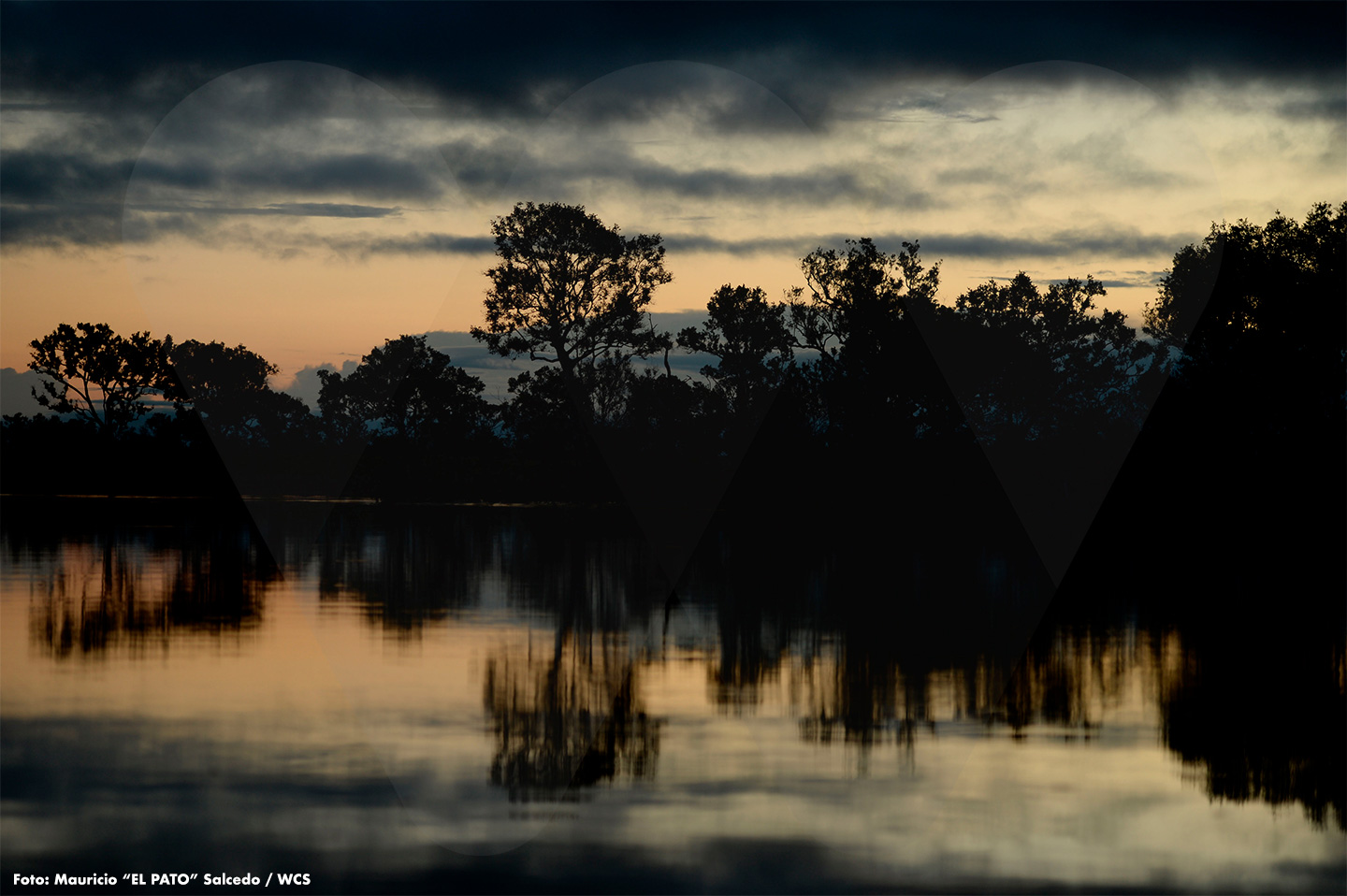 First Light
First Light
The engine failed, leaving us with only one option: paddling downstream for 28 hours. It was an exhausting journey, but also a quiet one, filled with the many wonders the beautiful Bita River had to offer. Among them, one moment stood out: the first light of dawn bathing the river and forests, painting the savannas of Vichada with a breathtaking sunrise.
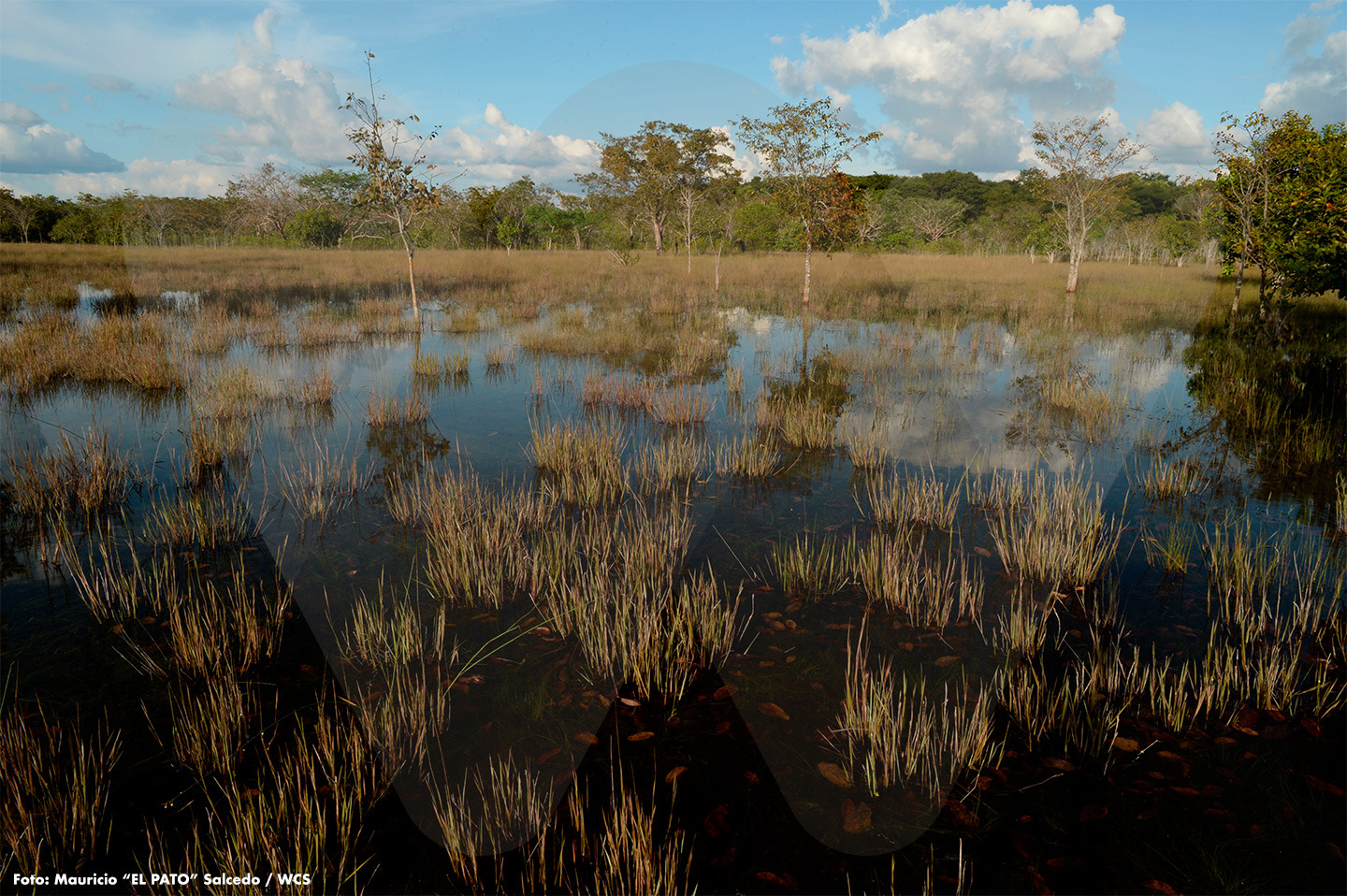 Flooded Savanna
Flooded Savanna
Year after year, life in the Orinoco Region follows a bimodal climate pattern. The rainy season—typically beginning around March or April—lasts until early December, including the so-called “little summer” in August. The dry season runs from December through roughly March or April. This photo captures a portion of savanna overwhelmed by the torrential rains typical of the Llanos.
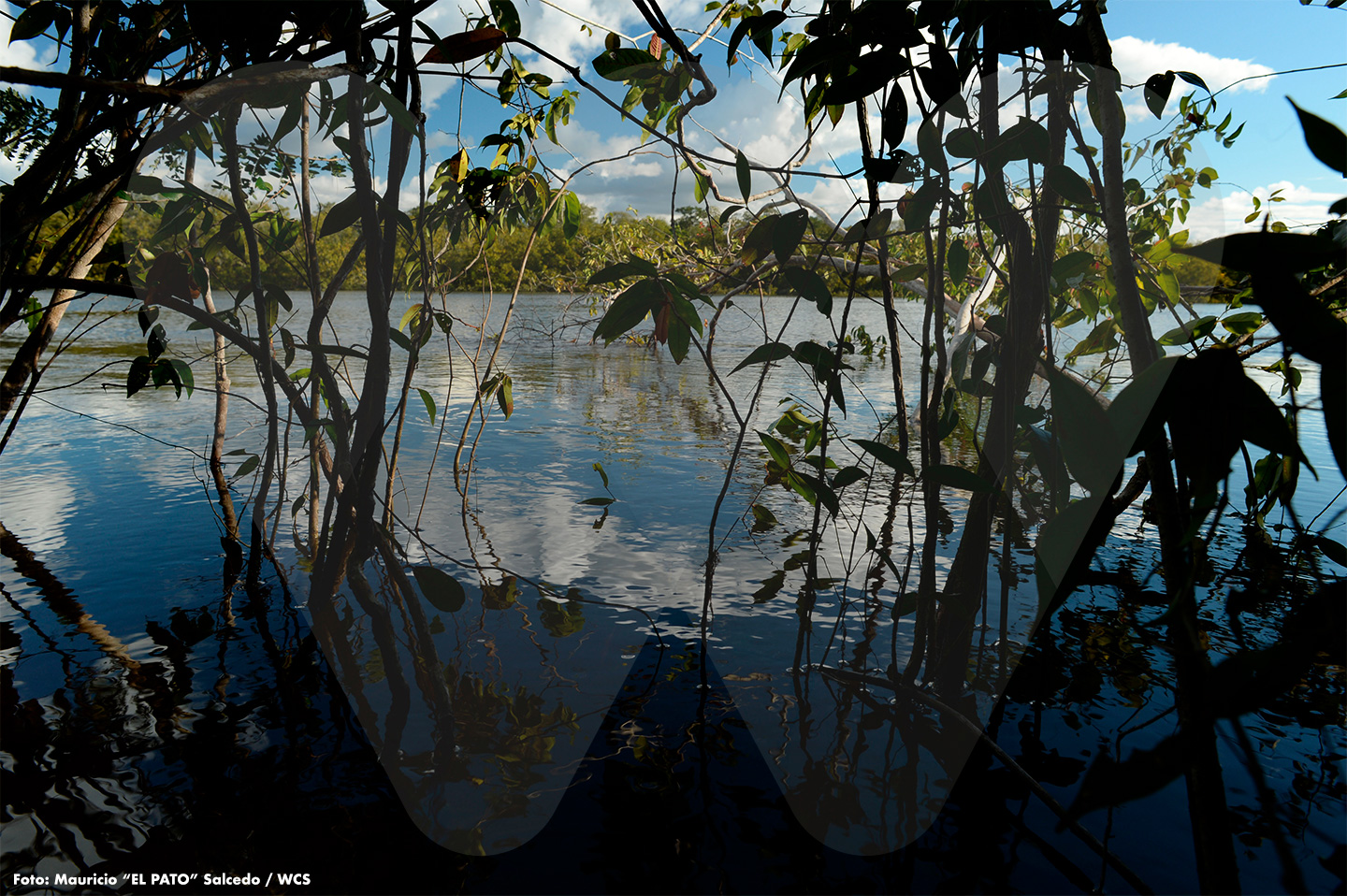 Flooded Forest
Flooded Forest
During the rainy season, rivers and wetlands in the Orinoco Region seem to disregard their boundaries. Day and night, heavy downpours drive every body of water to spill freely across the land. This ‘rule’ is no exception for the Bita River, whose swollen flow, as seen in this image, floods the forests along its banks.
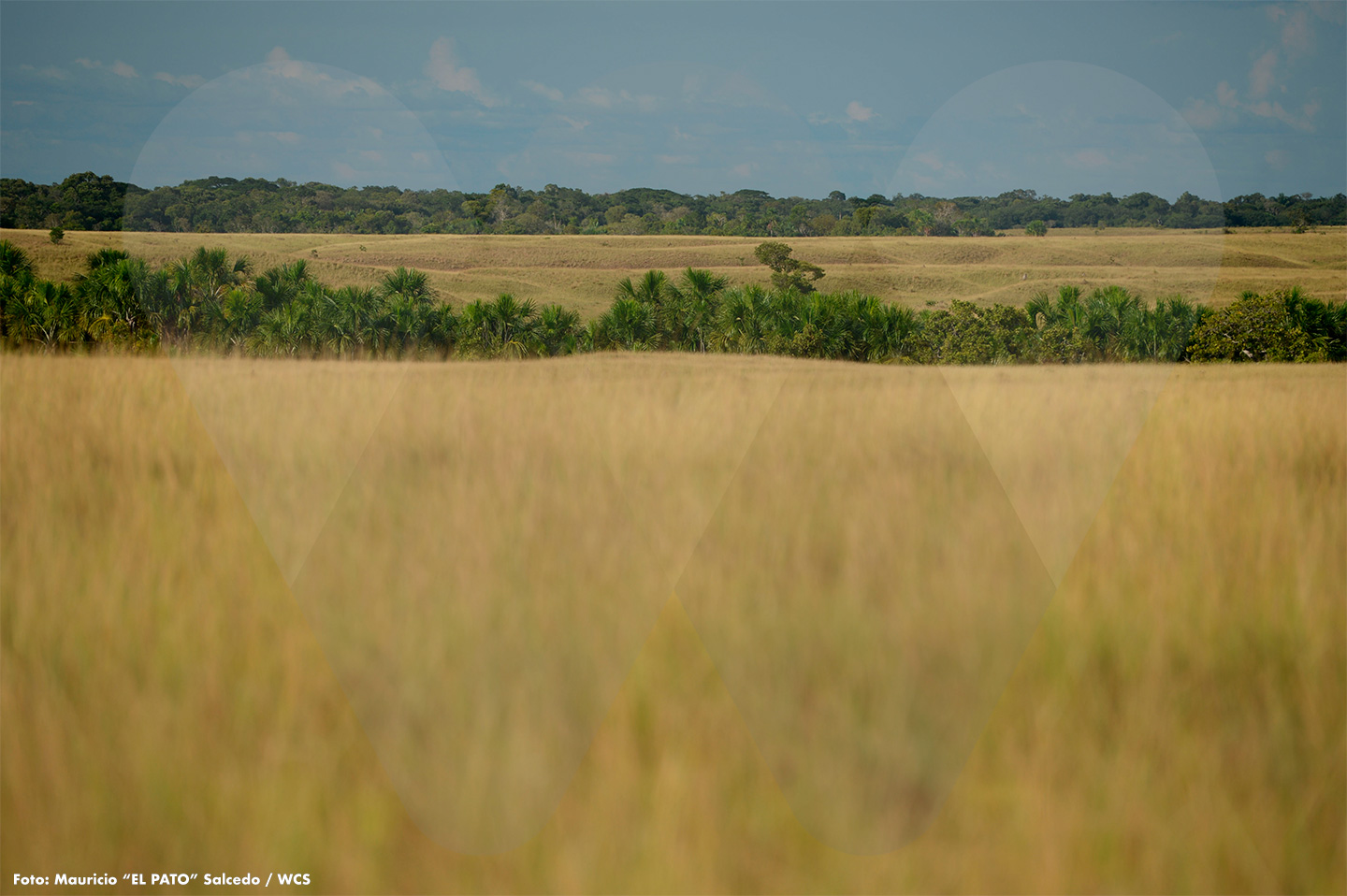 Moriche Palms, Forests, and Savannas
Moriche Palms, Forests, and Savannas
This photo captures three of the many types of vegetation that cover the Bita River basin. In the foreground, the savanna dominates, characterized by vast grasslands. Just behind it, a band of moriche palms—known locally as morichales, areas notably rich in water. And in the background lie the gallery forests, diverse in plant species and typically home to streams or small creeks.
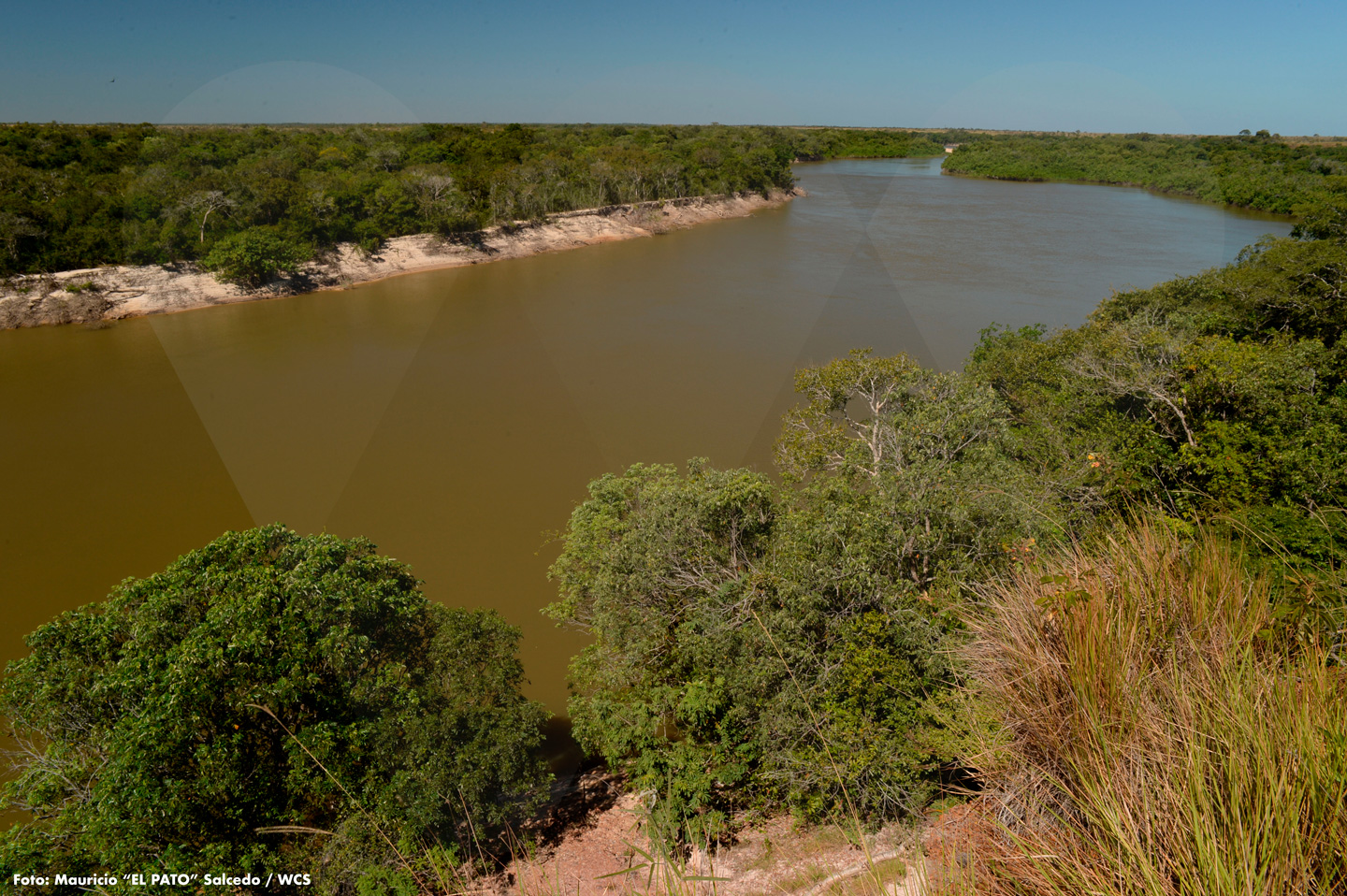 The Bita Accompanied by Forests
The Bita Accompanied by Forests
The Bita is born and dies in Vichada. Its life begins very close to the town of La Primavera. Then, after traveling approximately 700 kilometers, its waters end their journey in the great Orinoco River, just beside Puerto Carreño. Along its winding and gentle course, it is accompanied by vast—and some not so vast—riparian forests filled with wild vegetation typical of these lands.
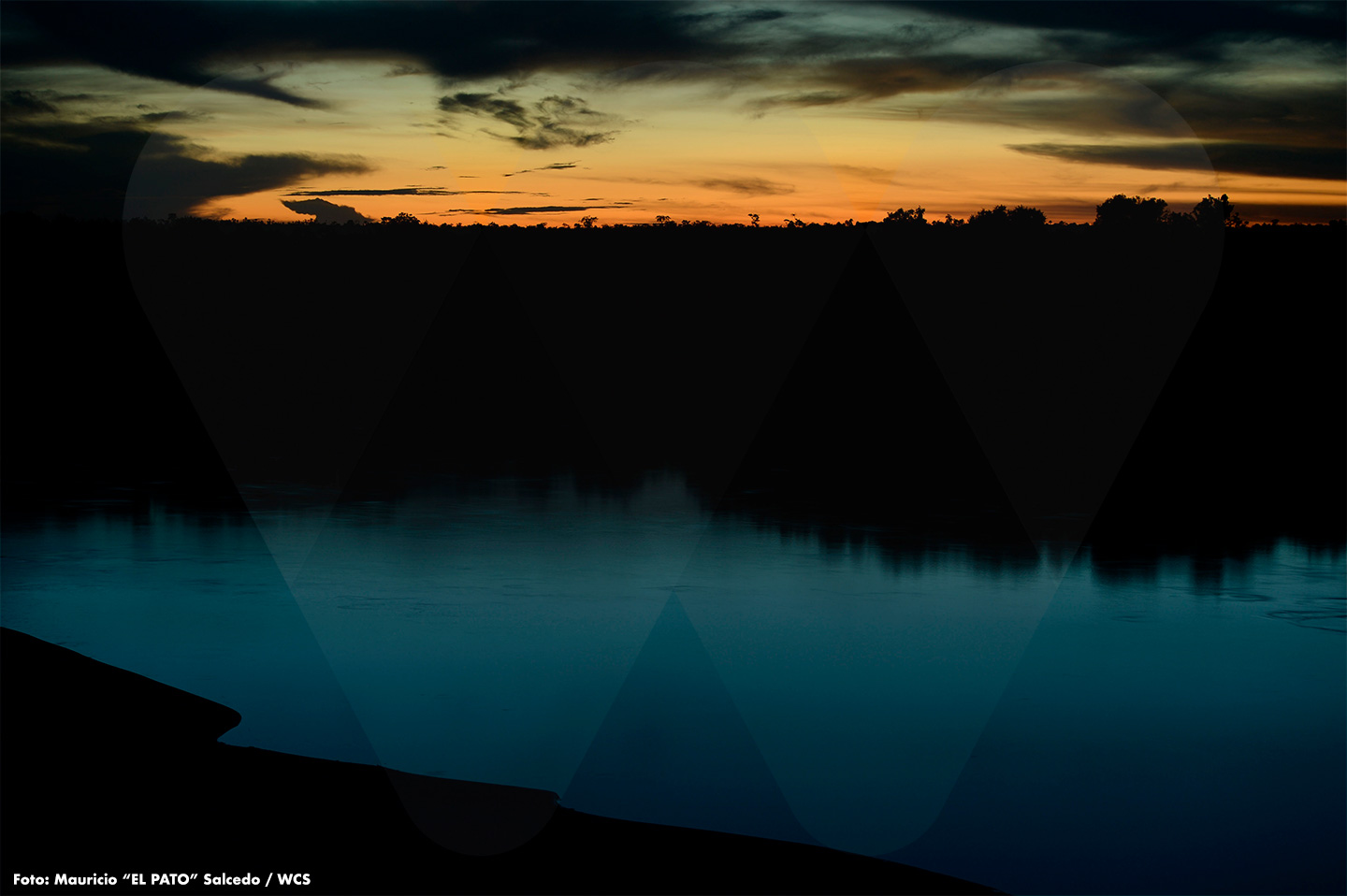 Sunset on the Bita
Sunset on the Bita
This image, captured around six in the evening, was taken during a transitional period — that precise moment when the rainy season in the Llanos begins to open its way. In the lower part of the photo, to the left, you can see the silhouette of a dry-season beach. Just a few more weeks will be needed before the rising waters of the Bita cover it, keeping it submerged for about nine months.
Traslated with AI support